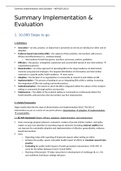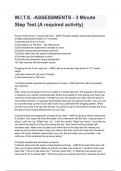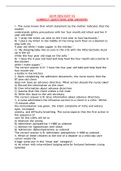Tentamen (uitwerkingen)
Public Companies Exam Notes
- Vak
- Instelling
I obtained 79% in the exam with these notes. The notes cover regulation and eligibility requirements, prospectus notes, continuing obligations (MAR 17, MAR 19, MARKET ABUSE, substantial transactions, related party transactions) and secondary issues.
[Meer zien]






